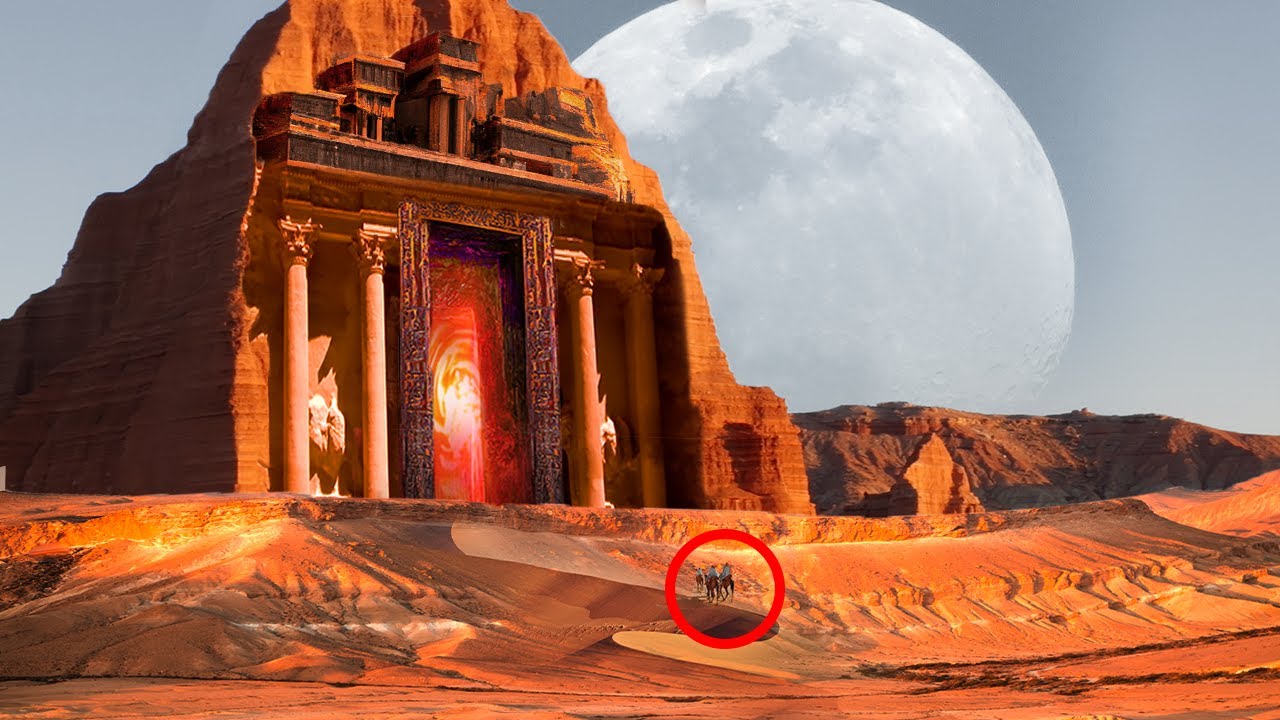The Kaabu Empire was originally part of the larger Mali Empire in the 16th century and served as a western extension or, in other words, a province. Before the decline of the Mali Empire, all rulers of Kaabu were chosen and appointed by the king of Mali. Later on, as the Mali Empire began to lose its power, Kaabu became an independent kingdom.
To get a better idea of the location of the empire, think of modern-day Northeastern Guinea-Bissau and Southern Senegal.
Tiramong Traore – The Founder of the Kaabu Empire
The history behind the original founding of the Kaabu province is quite curious. It happened during the reign of Mansa Sunjatta Keita. During these times, there were westward migrations of Mandinka people from the Mali Empire. Tiramong Traore was a war general who led the migrations and also had a specific task given by the king.
Tiramong was sent to seek revenge from the Burba Jolof who had stolen horses from the king. If you are unfamiliar with the term, Burba Jolof means king of the Jolof Empire. According to the legends, Tiramong Traore was a ruthless warlord who practiced the art of war as if it was a sport. Needless to say, he crushed the king and sent his decapitated head back to Mansa Sunjatta.
Instead of returning back to Mali, Tiramong continued his conquest southwards until he reached the Kassa region in modern-day Senegal. To his surprise, there he found Mandinka settlers that had migrated centuries ago who lived in clans or families. The two most prominent clans when Tiramong arrived were Sane and Mane and according to the legends, Tiramong married a woman from the Sane family.
With the help of the Sanes, Tiramong soon subjugated all local tribes which is considered to be the beginning of the Kaabu Empire. Little is known about the early years of the Empire. In fact, we already mentioned that it began as a province of the Mali Empire. In other words, it did not become an official empire until it became autonomous in 1537.
The Nyanchos and the Koringos
The Kaabu Empire did not have a king. Instead, it was ruled by an entire ruling class called the Nyanchos. This ruling class consisted of the descendants of Tiramong as well as the Sane and Mane families.
Below the Nyanchos, there was a second ruling family that took care of the separate provinces in the Kaabu Empire. These were the so-called Koringos which were united from two smaller clans – the Sonkos and the Sanyangs.
The Fulas
As with any empire or kingdom, the Kaabu Empire had its enemies. The Fula ethnic group were the original natives in the region and therefore, there were numerous Fula kingdoms and states surrounding the Kaabu Empire.
Although the Fulas were the largest ethnic group in the region, the Kaabu was the dominant kingdom in the region and truly made the Fulas feel oppressed. According to the tales, the two sides had agreed to peace as long as the Fula states paid yearly tribute to the Kaabu.
We could easily say that the region was under the tyranny of the Nyanchos for centuries but simultaneously, new powerful Fula states arose and the overall population of the Fulas grew immensely. Perhaps the most important of these states was the Imamate of Futa Jallon. It is the state which brought the final destruction of the Kaabu Empire after decades of warfare.
The Battle of Kansala and the End of the Kaabu Empire
It all began in the late 18th century when the rulers of the Islamic Imamate of Futa Jallon revealed their ambition to put an end to the tyranny of the Kaabu Empire. They began with routine attacks on the Southern border and as the years went by, the attack went deeper and deeper into the territories of Kaabu.
After centuries of oppression, the Kaabu Fulas had an opportunity to free themselves from the hegemony of the Nyanchos. Needless to say, in the 1860s, they asked Futa Jallon for assistance and the ruler contributed with a grand army of over 25 000 men. The Kaabu Empire had already lost several battles to Futa Jallon in the previous years and was already weakened.
The final battle, otherwise known as the Battle of Kansala, brought an end to the Kaabu Empire. The army of Futa Jallon and the Fulas was probably a few times larger than that of Kaabu. Despite the thousands of men lost and the fierce opposition of the forces of Kaabu, Futa Jallon came victorious. With the end of the Kaabu Empire, their territories were divided into two tributaries, owned by Futa Jallon.



